Despite high-profile commitments and a trilateral Memorandum of Understanding (MoU) signed between Sri Lanka, India, and the United Arab Emirates (UAE) earlier this year, the ambitious plan to transform Trincomalee into a regional energy hub has seen no tangible progress, senior officials confirmed.
Key components of the initiative including a petroleum refinery, refurbishment of the Trincomalee Oil Tank Farm, bunker fuel projects, the formation of a joint venture company, and the proposed India–Sri Lanka bi-directional petroleum pipeline remain stalled.
“Discussions on these projects have not taken place yet,” Energy Ministry Secretary Prof. Udayanga Hemapala told The Sunday Morning, noting that the necessary implementing agencies from each country have yet to be nominated.
These entities were expected to take the lead in project development and execution following the MoU’s signing.
While Indian Prime Minister Narendra Modi publicly lauded the proposed pipeline and broader energy cooperation during his recent visit to Colombo, emphasising benefits such as grid interconnectivity and renewable energy projects, Sri Lankan authorities appear unclear about next steps.
Officials familiar with the matter said that since the current administration took office, the pipeline has only been discussed once, at an internal Energy Committee meeting.
Concerns are also mounting over the lack of financial feasibility studies, especially for the pipeline, which was initially proposed to run from Nagapattinam in India to both Trincomalee and Colombo.
Sources say the pipeline may include a minimum purchase clause requiring Sri Lanka to import a fixed volume of fuel—raising the spectre of future financial liabilities.
The project builds on an existing partnership between Ceylon Petroleum Storage Terminals Ltd. (CPSTL) and Lanka IOC (LIOC), but without clear timelines or operational plans, the strategic energy corridor remains largely aspirational.



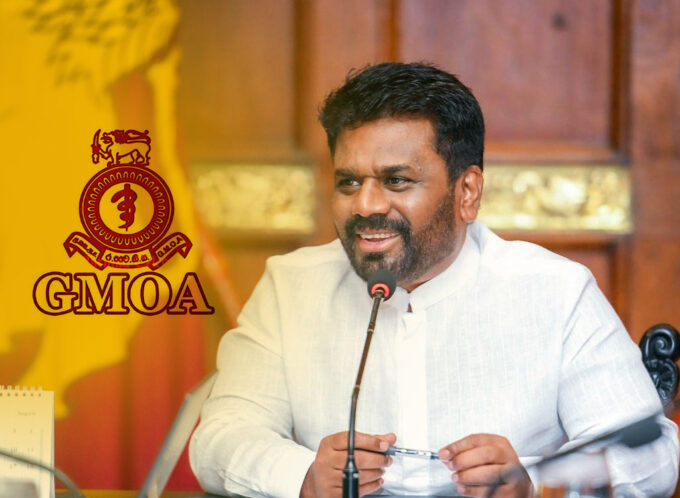
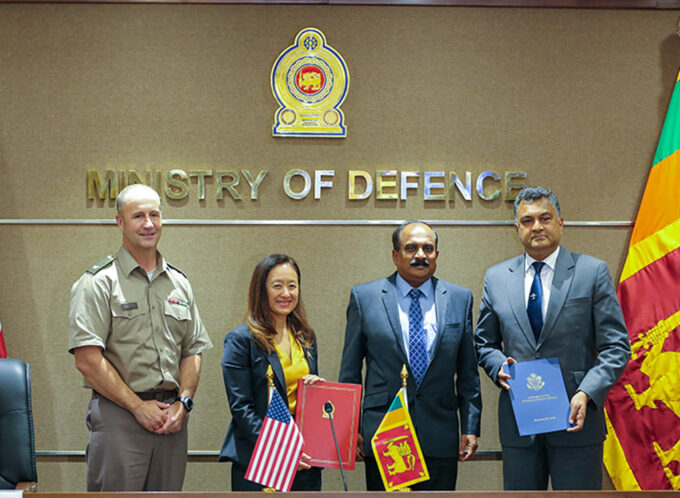
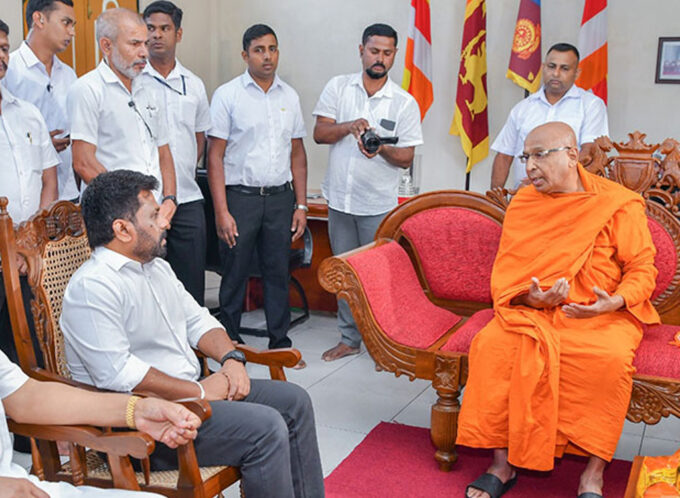
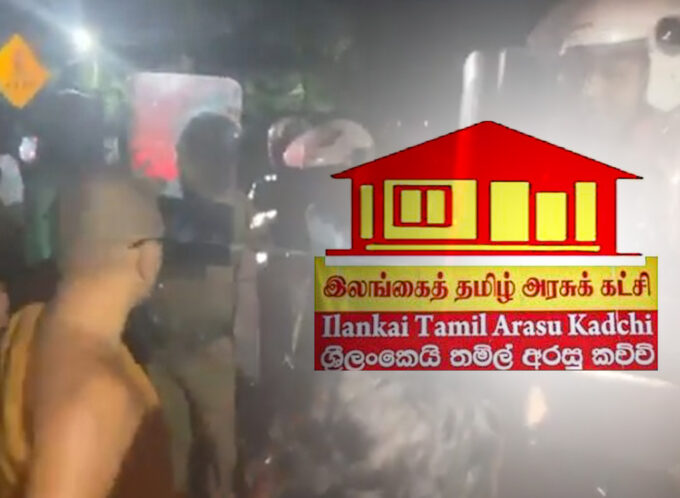

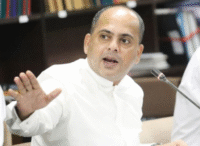

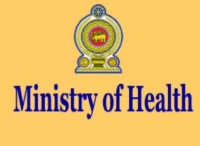
Leave a comment